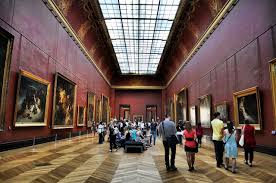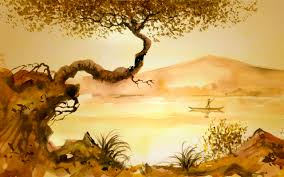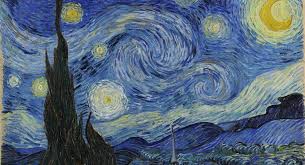thickness
HISTORY OF THE ORIGIN AND DEVELOPMENT OF STAINED-GLASS ART (part 2)
 Let us imagine for a moment the decoration of these choirs: painted walls and ceilings, glazed tiled stoves, patterned carpets and carved shutters … In the interiors of rich chambers, only windows could remain colorless spots. Stained-glass windows — multicolored glasses and mica plates assembled in the pattern — helped to solve the problem, complementing the atmosphere of the luxurious life of the then aristocracy. “The colored light that now penetrated through the glass and mica stained-glass windows created a special, joyful mood, made the interior cozy, complemented the beauty of the brightly-patterned decoration of the room.” Continue reading
Let us imagine for a moment the decoration of these choirs: painted walls and ceilings, glazed tiled stoves, patterned carpets and carved shutters … In the interiors of rich chambers, only windows could remain colorless spots. Stained-glass windows — multicolored glasses and mica plates assembled in the pattern — helped to solve the problem, complementing the atmosphere of the luxurious life of the then aristocracy. “The colored light that now penetrated through the glass and mica stained-glass windows created a special, joyful mood, made the interior cozy, complemented the beauty of the brightly-patterned decoration of the room.” Continue reading
community
workshop
communal
finally
province
decorative
number
period
landscapes
photography
background
composition
school
landscape
modest
Museum
minerals
technique
professional
combination
various
density
different
again left
absolutely
resistant
available
soldiers
snowflakes
student
selection
manufacture
development
members
educational
watercolors
phenomenon
subsequent
milestone
ideological
documentary
distinguished
musician
performance
characteristic
artists
traditions
institution
contact
until
movements
canvas
sepia
festivals
reproduction
returned
technologies
enthusiasm
transmitted
harmony
creation
emergence
arrogance
unshakable
sixties
troubles




